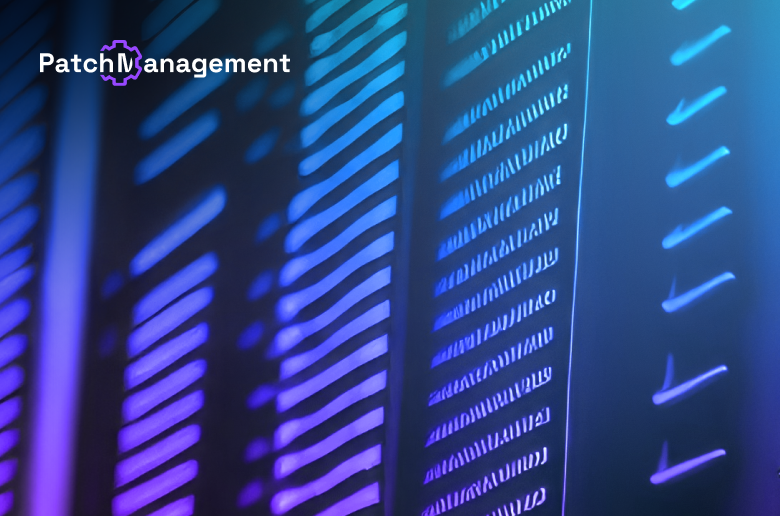In his own words, John Reynolds is a stalwart in the cybersecurity industry, with a distinguished 30-year tenure. Join us as we delve into the insights of a made-belief Head of Cybersecurity.
Question 1: With the growing number of cybersecurity tools available, how do you evaluate which ones align with your organization's needs?
John R: You know, with so many cybersecurity tools out there, it’s easy to get lost in the mix. So, what we do first is really nail down what we’re trying to achieve in terms of security. We look at the kinds of threats we’re facing, any specific rules or regulations we need to meet, and how our IT is set up. From there, we figure out where we might be vulnerable or lacking. Once we have that info, we search for tools that can help cover those specific areas. Of course, we give them a test run to see how well they fit in our system. And, it’s not just about the tool itself – how well it integrates, the reputation of the seller, and the overall costs are all big factors for us too.
Question 2: How are you fostering a culture of security awareness within your teams, and what initiatives have shown the most promise?
John R: People are often the chink in our cybersecurity armor, aren’t they? We’ve been trying out a bunch of different ways to keep everyone on their toes. So, we’ve got these regular training get-togethers and even run fake phishing tests to see who might get caught out. We’ve also added some fun, game-like training modules. But what’s really been a game-changer is our ‘Security Champions’ thing. It’s where we have folks from all over the company stepping up as sort of our cybersecurity cheerleaders. They spread the word on good practices and really help everyone think ‘security-first’. It’s been awesome to see.
Question 3: What processes do you have in place to ensure rapid response to zero-day vulnerabilities?
John R: Reacting quickly to those unexpected security threats – you know, the zero-day ones – is super important for us. So, we’ve got this awesome team, our Incident Response Team, that’s always on the lookout. They’re constantly checking for alerts and intel about possible threats. And we’re not just relying on manual checks; we’ve got these cool automated tools that sort and roll out patches depending on how urgent they are. Plus, our network’s set up in a way that if something does get hit, it’s contained. And on top of that, we have systems that give us a heads-up if something fishy’s going on. It’s all about being on the ball!
Question 4: Describe a time when your team faced a significant security incident and how you managed the aftermath.
John R: A few years back, we got hit with this really tricky ransomware. Crazy thing was, they went for our backups first, so bouncing back wasn’t straightforward. But we jumped into action mode, using our Incident Response Plan. We sealed off the affected parts and kept everyone in the loop about what was happening. And while we were pulling data from backups we had stored elsewhere, we brought in some outside pros to help make sure we cleared out every last bit of that nasty software. It was a real learning curve, and we ended up revamping how we handle backups after that.
Question 5: How do you handle the balance between ensuring security and not impeding the productivity of the wider organization?
John R: Finding that sweet spot between solid security and keeping everyone working smoothly isn’t easy, right? So, here’s what we do: We get the business teams in on the security decisions. This way, they get why certain security stuff is in place. And we’re using some smart tech that watches how users behave and adjusts the security checks based on the risk – so, tighter checks only when we really need them. If things are chill and low-risk, everything flows more easily. And we always keep the lines of communication open with our teams, tweaking things based on their feedback to keep things running smoothly.
Question 6: In your opinion, what is the most underappreciated aspect of cybersecurity that organizations should be paying more attention to?
John R: You know what I think is something that gets overlooked a lot in cybersecurity? The mental side of things for the pros in the trenches. I mean, think about it – the endless wave of threats, crazy long hours, and the weight of it all? It can really wear someone down. We’ve got to remember to look out for our people’s mental game. Giving them the support they need, making sure they can take breaks, and helping them grow in their careers. It’s all part of keeping the team sharp and motivated. Just wanted to share that – hope it resonates with my fellow cybersecurity folks out there.


